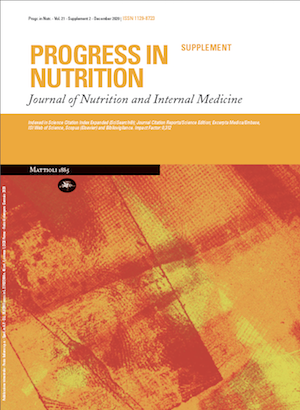Assessing and comparing nutritional status and related factors among 6-48 months old children born in the damaged rural and urban areas of Varzeghan after the 2012 earthquake
Main Article Content
Keywords
Nutritional status, Growth Disorders, malnutrition, Earthquakes
Abstract
Background: Infants and young children have been identified as the most nutritionally vulnerable group in catastrophic situations such as earthquakes. Malnutrition and poor feeding practices during the early years of life could adversely affect child’s growth, cognitive, physical and social development. Objectives: The objective of this study was to assess and compare nutritional status and related factors among 6-48 months old children born in the damaged rural and urban areas of Varzeghan after the 2012 earthquake. Methods: 250 children between 6-48 months living in Varzeghan and 60 damaged villages participated in this cross-sectional descriptive study. Anthropometric data were gathered and the three indices of malnutrition, wasting (weight/height), underweight (weight/age) and stunting (height/age) were calculated and assessed according to z-score. These data were compared with the documented files gathered in health institutes before the earthquake. Results and Conclusion: There were statistically significant differences in wasting, underweight and stunting before and after the earthquake in different areas. The most prevalent nutritional complications according to z-score<-2 were wasting (8.8%), underweight (6.4%) and moderate-severe stunting (2.8%), respectively. The prevalence of wasting (12.8% vs. 4.2%) and underweight (8.4% vs. 2.1%) in different areas was higher in girls in comparison to boys. This study provides evidence that natural disasters inversely effect children’s nutritional health. Thus, since malnutrition still remains one of the main public health challenges in Iran and some other developing countries it is crucial to precisely assess and implement accurate intervention procedures to ensure the needs of all age groups especially young children.






